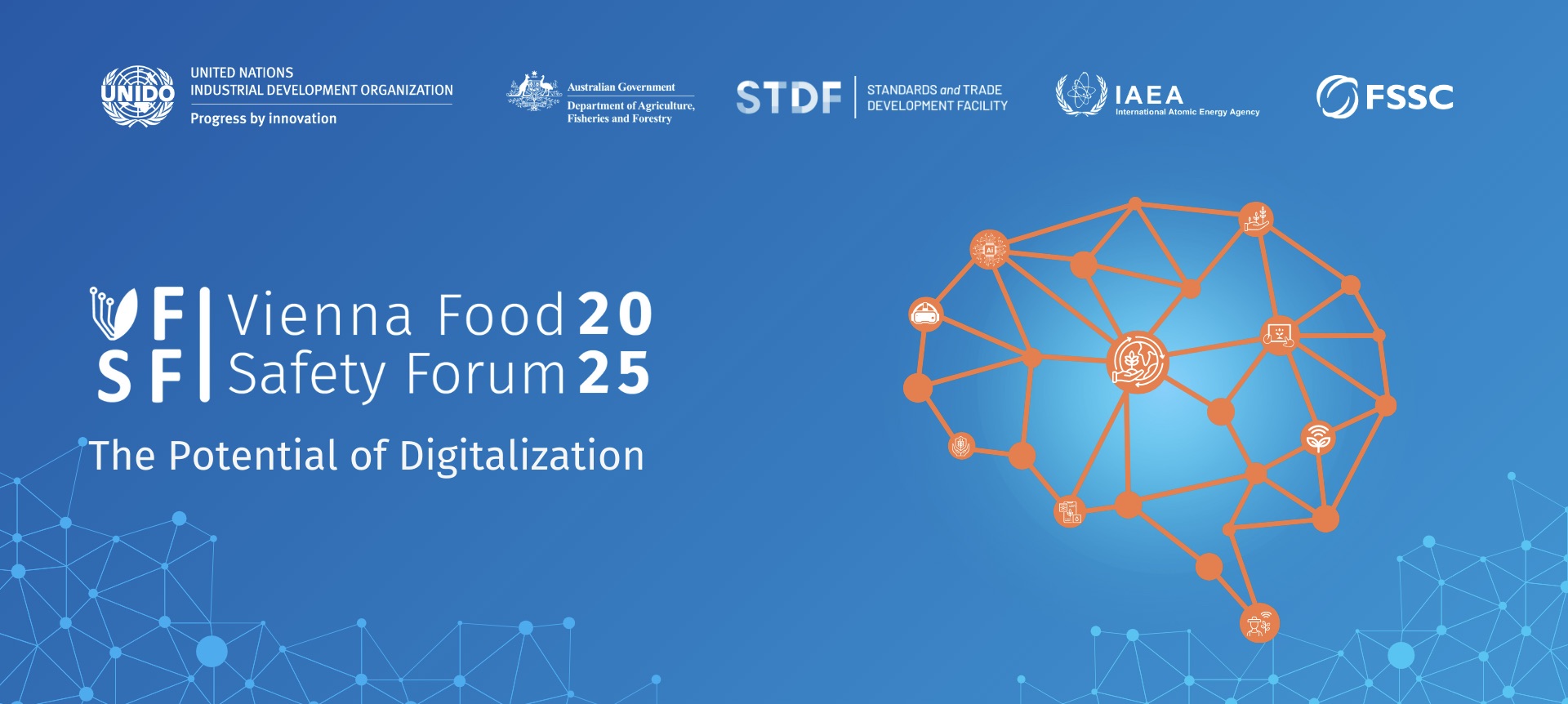Our CEO Cronan McNamara took part in the IFT SHIFT20 conference panel session that set out to answer important questions about the future of food safety through the use of data science. With food safety data digitising falling behind in data science implementation in areas like ops and finance, Mc Namara explained how it can be seen as an opportunity.
“It seems like the scientific data, the lab data in these large food companies—and I’ve worked with a few—have been neglected, where … some of the operational data has been in these big databases for years … but the scientific side has been left to Excel or even PDFs. And that’s a massive opportunity.”
There is great potential in applying data science to research and testing data, however, a mindset shift and new skill-sets are required to make the most of it. “You might be wasting time repeating experiments. You might be able to predict the shelf life of a new product without having to measure it or refine down the candidates to only two or three that are actually going to work in the shelf-life trials. If you’re sending that data out to be analysed, you should be expecting it back in an XML or at least CSV format, and that can be immediately uploaded into a centralised system on the cloud somewhere,” said McNamara. “And once you start doing that, you’ll see efficiencies and you’ll see opportunities to use that data to predict new things.”
You can read the full summary of the panel session below.
Summary By Mary Ellen Kuhn
Can data science drive advances in food safety? What do the science of food professionals need to know about this increasingly important scientific discipline? Panellists in the “Data Revolution: Is Food Safety Sitting on the Sidelines?” session tackled big questions about big data in a wide-ranging SHIFT20 conversation.
Sean Leighton, global vice president of food safety, quality & regulatory affairs at Cargill, set the stage for the discussion with a brief reflection on just what big data means. “I had to do a little bit of research myself as a microbiologist, not a data scientist, to understand exactly what this term means,” said Leighton.
Keep in mind, Leighton pointed out, that a single Microsoft Excel spreadsheet is capable of holding more than a million rows and 16,000 columns and can accommodate more than 32,000 characters per cell. But the very definition of big data, Leighton said, is “data sets that are so big that traditional software programs don’t have the capacity to manage them. … We are talking about enormous sets of data—sets of data Microsoft Excel in all of its capacity can’t possibly manage.”
“We are at the crossroads of digitization of the food chain, and it is very important because we need to be able to understand, predict, plan, and respond in a way that is efficient, productive, and helpful to society,” reflected IFT Chief Science & Technology Officer Maria Velissariou.
Digitizing food safety data has lagged behind data science initiatives in areas like operations and finance, said panelist Cronan McNamara, CEO & founder, Crème Global, a scientific modeling, data analytics, and computing company. “It seems like the scientific data, the lab data in these large food companies—and I’ve worked with a few—has been neglected, where … some of the operational data has been in these big databases for years … but the scientific side has been left to Excel or even PDFs. And that’s a massive opportunity.”
Applying data science to data gleaned from research and testing has great potential, McNamara continued, noting that it requires a “mindset shift” as well as new professional skills. “You might be wasting time repeating experiments. You might be able to predict the shelf life of a new product without having to measure it or refine down the candidates to only two or three that are actually going to work in the shelf-life trials.
“If you’re sending that data out to be analyzed, you should be expecting it back in an XML or at least CSV format, and that can be immediately uploaded into a centralized system on the cloud somewhere,” said McNamara. “And once you start doing that, you’ll see efficiencies and you’ll see opportunities to use that data to predict new things.”
Adopting new data science systems is more than just a technical challenge, the panelists agreed, echoing sentiments presented the day before by U.S. Food and Drug Administration (FDA) Deputy Commissioner for Food Policy and Response Frank Yiannas, who on Tuesday shared insights into the FDA’s new food safety initiatives and goals for implementing them.
“It’s such a human challenge,” said Leighton. “Here we are talking about big data, and data sets, and the quality of the data, and these really fancy, sophisticated solutions to advance food, and at the end of the day, it comes down to being willing to work with each other and being willing to share information, which are very, very human problems independent of any data set and any technological solution.”
 Pressures on the supply chain resulting from the COVID-19 pandemic have underscored the need for the food industry to move forward quickly in embracing more sophisticated data science-based solutions, Leighton observed. “Transparency into the supply chain could have been solved remarkably more effectively had we started earlier with some of the conversations that we’re starting now,” he said. “Visibility into the supply chain, transparency into the supply chain, is a very, very real problem, especially when the supply chains are under extreme amounts of pressure like we’ve seen with COVID-19.”
Pressures on the supply chain resulting from the COVID-19 pandemic have underscored the need for the food industry to move forward quickly in embracing more sophisticated data science-based solutions, Leighton observed. “Transparency into the supply chain could have been solved remarkably more effectively had we started earlier with some of the conversations that we’re starting now,” he said. “Visibility into the supply chain, transparency into the supply chain, is a very, very real problem, especially when the supply chains are under extreme amounts of pressure like we’ve seen with COVID-19.”
Velissariou agreed and emphasized the need for educating members of the current workforce as well as current science of food students on data science and other emerging areas of technology. “The way that we’re doing innovation in the future in the food industry is going to change dramatically,” she predicted. “So taking individuals through this change, but also whole teams and enterprise processes through the change, is very important. The people and the processes and the capabilities of the future need to be addressed as a holistic system.
“We are at a generational turning point, and the need for the future is massive,” Velissariou summarized. “It is global, and a lot of the solutions will come through digitization and where the digital world will collide—or intersect—with the analog, the scientific world. This is going to be the point of creation, the point of efficiencies, the point of sustainability for the future.”
To hear more of what the panelists had to say about the potential of data science to drive advances in food safety and other areas of food science, and the need to help food scientists develop data science skills, view this session, moderated by Vikrant Dutta, senior staff scientist, bioMerieux, in the SHIFT20 on-demand library.
To access the full IFT SHIFT20 conference on-demand library sign up here.


